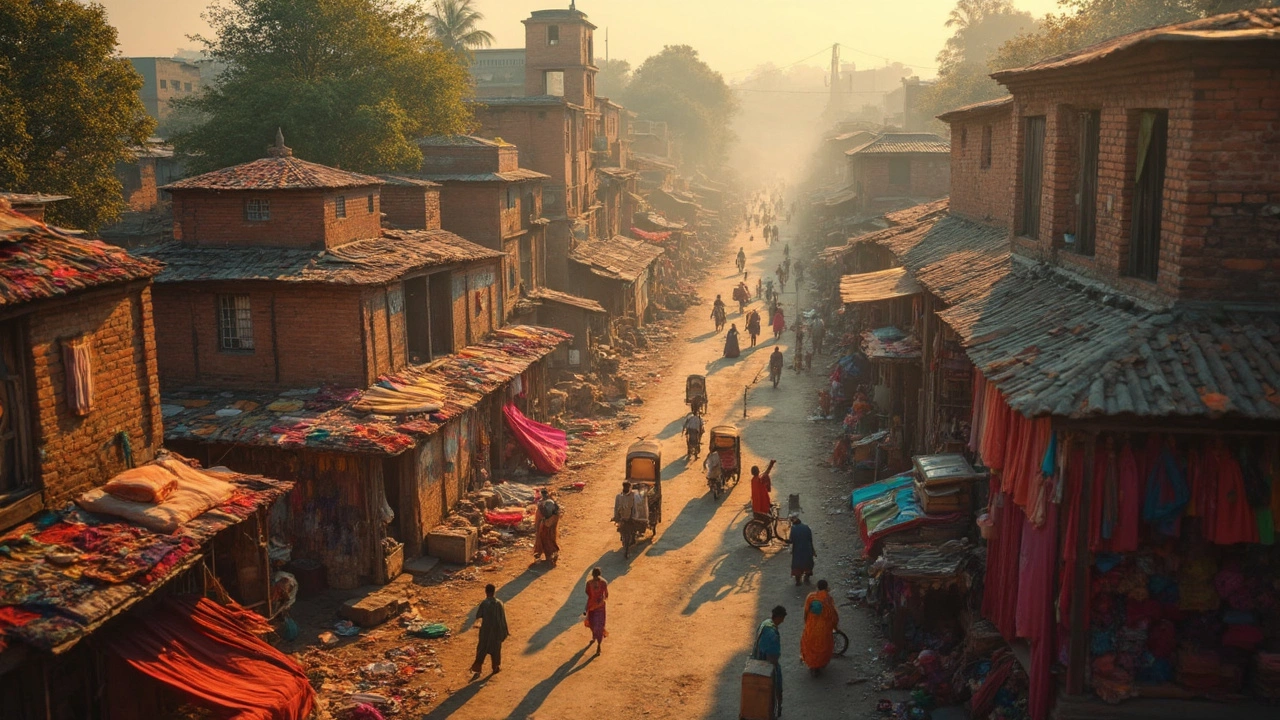Textile Hub: Where India’s Fabric Industry Thrives
Did you know that over 30% of India’s garment output comes from just three cities? If you’re eyeing a foothold in the textile world, those hubs are worth a closer look. Below we break down the biggest players, why they matter, and how you can tap into their strengths without getting lost in jargon.
Major Textile Hubs in India
Surat, often called the fabric capital, pumps out millions of meters of synthetic & cotton blends every year. The city’s cluster of loom manufacturers, dye houses, and logistics firms creates a one‑stop ecosystem that keeps lead times short and costs low. Moving west, Tirupur in Tamil Nadu dominates knitwear for export – its factories are geared for high‑volume production and have built strong ties with global brands. Then there’s Coimbatore, known as the “Manchester of South India,” where precision engineering meets yarn processing, delivering high‑quality cotton for premium apparel.
These hubs share three common assets: skilled labor that’s been trained on the job for generations, a reliable supply of raw materials, and government schemes that subsidize electricity and export incentives. The result is a network that can scale from boutique orders to multi‑million‑unit contracts.
Why Choose a Textile Hub for Your Business
First off, proximity to suppliers cuts shipping costs dramatically. When your yarn, thread, and finishing chemicals sit just a few miles away, you can respond to market changes in days instead of weeks. Second, the talent pool is already there. Young professionals graduate from textile engineering colleges and are eager to work in modern mills that offer steady wages and career growth.
Third, local governments actively support the sector. Schemes like the Integrated Textile Parks provide shared utilities, waste‑water treatment, and even training centers. By setting up inside these parks, small and medium firms get access to world‑class infrastructure without massive capital outlay.
Finally, being part of a hub gives you networking power. Meet‑ups, trade shows, and vendor fairs happen regularly, letting you compare fabric finishes, negotiate better rates, and stay updated on the latest weaving technologies.
If you’re considering launching a new line or expanding an existing one, start by mapping the supply chain of your chosen hub. Ask local manufacturers about lead times, quality certifications, and compliance with export standards. A quick visit to a Surat dyeing unit or a Tirupur knit house can reveal hidden costs or hidden opportunities you won’t see online.
In short, the right textile hub can shave weeks off production, lower material waste, and give you a reliable partner network. Whether you’re a startup looking for low‑volume runs or an established brand seeking high‑speed output, India’s textile hubs have the flexibility you need. Take the first step: identify the hub that aligns with your product mix, reach out to its trade association, and set up a short pilot run. You’ll soon see why these regions have become the backbone of the global apparel supply chain.

Largest Textile City in India: Where Fabric Dreams Begin
Curious about where most of India’s textiles are made? This article explores the biggest textile city in India, highlights its global impact, and unpacks what makes it tick. You’ll get details on the city’s history, the industries working there, why it’s so important for textile manufacturers, and some quick facts. We’ll also look at tips for buyers and manufacturers. If you’re hunting for real info about Indian textiles, you’re in the right place.
Read More